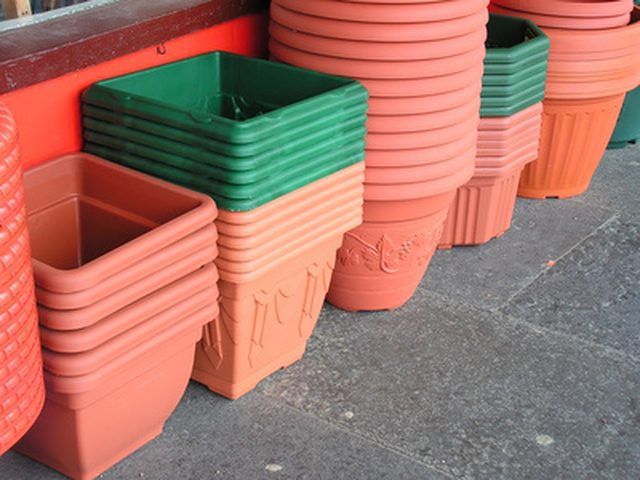Bulbs
Flower Basics
Flower Beds & Specialty Gardens
Flower Garden
Garden Furniture
Garden Gnomes
Garden Seeds
Garden Sheds
Garden Statues
Garden Tools & Supplies
Gardening Basics
Green & Organic
Groundcovers & Vines
Growing Annuals
Growing Basil
Growing Beans
Growing Berries
Growing Blueberries
Growing Cactus
Growing Corn
Growing Cotton
Growing Edibles
Growing Flowers
Growing Garlic
Growing Grapes
Growing Grass
Growing Herbs
Growing Jasmine
Growing Mint
Growing Mushrooms
Orchids
Growing Peanuts
Growing Perennials
Growing Plants
Growing Rosemary
Growing Roses
Growing Strawberries
Growing Sunflowers
Growing Thyme
Growing Tomatoes
Growing Tulips
Growing Vegetables
Herb Basics
Herb Garden
Indoor Growing
Landscaping Basics
Landscaping Patios
Landscaping Plants
Landscaping Shrubs
Landscaping Trees
Landscaping Walks & Pathways
Lawn Basics
Lawn Maintenance
Lawn Mowers
Lawn Ornaments
Lawn Planting
Lawn Tools
Outdoor Growing
Overall Landscape Planning
Pests, Weeds & Problems
Plant Basics
Rock Garden
Rose Garden
Shrubs
Soil
Specialty Gardens
Trees
Vegetable Garden
Yard Maintenance
How to Transplant a Braided Money Tree Plant
How to Transplant a Braided Money Tree Plant. Known as Pachira aquatic, the braided money tree is native to South America. The braided money tree can easily grow to more than 6 feet tall. The braided money tree is thought to bring good fortune to the home it lives in. The branches have five oval-shaped leaves, which are symbols of the five feng...

Known as Pachira aquatic, the braided money tree is native to South America. The braided money tree can easily grow to more than 6 feet tall. The braided money tree is thought to bring good fortune to the home it lives in. The branches have five oval-shaped leaves, which are symbols of the five feng shui elements of water, wood, earth, fire and metal. Money trees should be transplanted each year or when they become root-bound in their current pot.
Things You'll Need
The next-size-larger pot with a tray
Cactus potting soil
Gravel
Be sure the braided money tree has dry soil.
Fill the bottom of the new pot with 1/2 to 1 inch of gravel to improve drainage.
Add cactus potting mix until the smaller pot can fit into the larger pot without going over the top.
Remove the braided money tree from the old pot by turning it on its side and gently pulling the plant loose. Keep the root ball protected and do not jerk the plant out of the pot.
Place the root ball into the new pot, on top of the prepared soil. Position the plant in the center of the pot so it stands up straight.
Fill the remaining space in the pot with cactus potting soil mix, leaving at least one inch at the top under the pot's rim. Pack the soil in slightly to provide support and density.
Water the braided money tree thoroughly until water drains out of the bottom of the pot and into the tray. Drain the tray after 10 minutes to protect the plant from sitting in standing water.
Tips & Warnings
The soil for braided money trees should be kept dry. Do not over-water this plant--it needs very little water. However, if the plant is under-watered, the leaves will curl under. When money trees are pruned, they will grow lush, new leaves. Prune money trees when they begin to droop or change color. When transplanting the braided money tree each year, be sure to use a pot with drainage holes. Department of Agriculture hardiness zones 7b through 11 can sustain money plants outdoors also.
Keep the braided money tree out of direct sunlight because it may burn. Instead, choose a location with medium natural light. Some money trees are toxic, so keep the plant away from children and pets.